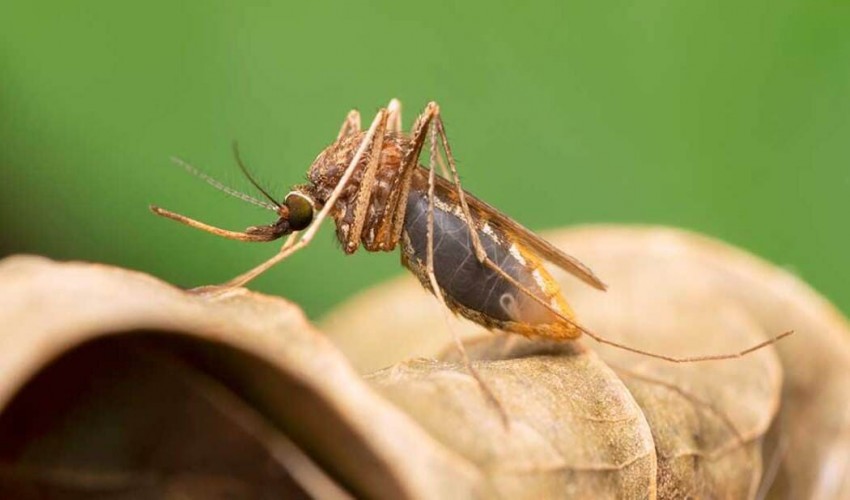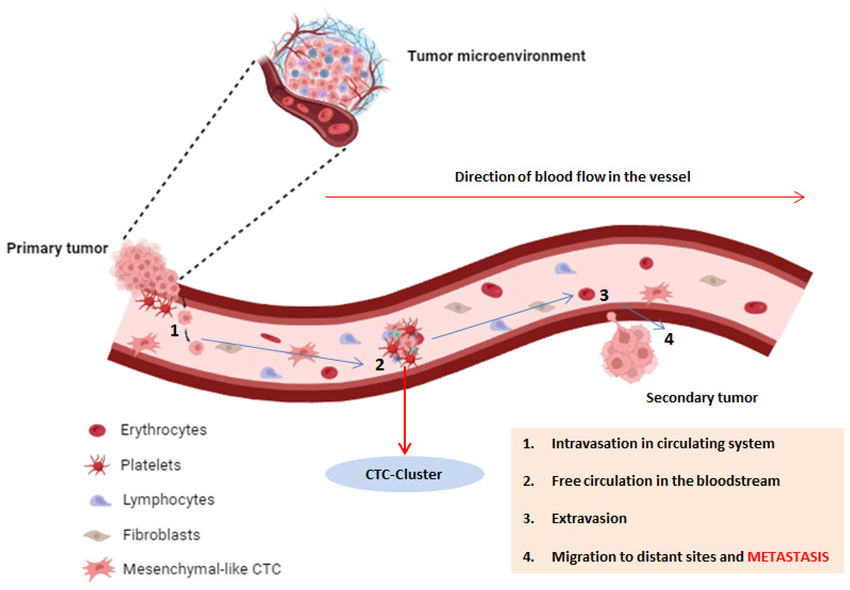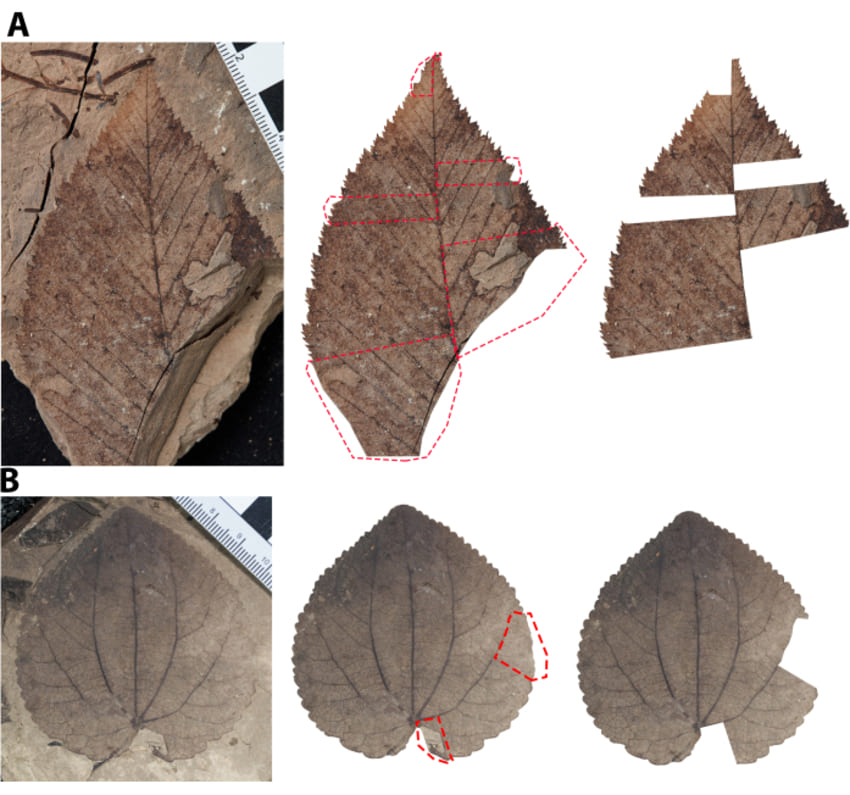
When it comes to malaria-carrying mosquitoes, should we utilise genetic weapons?
- Rating
- mosquitoes
- parasite
- genetic
- insecticide
- vaccines
A male mosquito is kept in a big laboratory cage with a genetic weapon that has the potential to wipe out his whole species. The extinction of this population could potentially spell the end for the malaria-causing parasite.
What is it? A gene drive is a piece of DNA that can replicate itself. It's a promising approach to reducing the risk of mosquito-borne illnesses like malaria reaching humans. And it's also one of the most divisive.
Because of the gene drive, insects can no longer reproduce normally. The mosquitoes in captivity were eradicated in as few as eight to twelve generations in a single lab study. An even larger experiment with outdoor cages in Terni, Italy, had the same positive results. This gene drive may be available for field testing in as little as five to ten years.
The researchers' sights have been set on Africa for the initial release. Malaria is a major problem in that region. Nearly 241 million people throughout the continent were ill with it in 2020. In addition, the majority (about 66%) of the year's estimated 670,000 malaria deaths occurred in Africa. According to the World Health Organization, around eight out of every ten were youngsters.
Numerous anti-disease weapons have been developed. Vaccines, medicines, and bed nets with insecticides are all available as preventative measures. All of these efforts are making a difference. However, insecticide-resistant mosquitoes are becoming more common. The effectiveness of some malaria treatments may also have diminished.
Advancing toward a goal of zero cases requires "something that is revolutionary," as Fredros Okumu puts it. What he means is a brand-new approach to the problem. Okumu studies mosquitoes as a profession. He is the head of the scientific programmes at the Ifakara Health Institute in Tanzania.
It's possible that gene drives may bring about the revolutionary change that society so desperately needs. This innovative tool was initially developed in 2015. Scientists are continuously working to perfect and test the concept. Mosquitoes with different genetic modifications have been released in countries like Brazil and the United States. However, the introduction of these new genes into wild populations has been modest so far. Potentially, the use of gene drives might rapidly disperse genetic material to the entirety of a species. They might permanently alter the species by doing so. Or possibly destroy it entirely.
UC San Diego is home to social scientist Ramya Rajagopalan. She argues that technical superiority alone isn't enough to make a technology successful. In order to function, "it embeds into a social context," which is why it is effective. It used to be that researchers "created a technology in the lab, set it up, and made it ready to go." Then they'd ask if anyone wanted to make use of the technology: "Hey, we have this fantastic technology, do you want to use it?"
However, there are situations when people turn down offers like that. A few GMO crops, for instance, haven't been well embraced. Often, researchers attribute this to a lack of awareness. It's possible that scientists believe that "if [the public] just knew enough about the technology, they'd be more receptive," as Rajagopalan puts it. In most cases, though, she argues, the problem is more systemic. Researchers "don't engage community voices from the outset in the design and implementation," which is the root reason of the failure.
Using gene drives has been met with a resounding "no" from the European Union. Because people are worried about irreversibly damaging ecosystems.
Malaria could be eradicated in the future if a gene drive were used to do it, but only in Africa. Researchers are collaborating with the non-profit organisation Target Malaria in numerous countries. In the future, they plan to unleash gene drives over the continent. The first step is to gain support from the general public. Therefore, researchers are trying to find ways to include members of the public in their studies. These scientists should familiarise themselves with regional concerns. They also need to be able to explain the technology in terms that the general public can grasp.
Creating a commotion
To release mosquitoes with gene drives into the wild is still considered too risky. Scientists are currently conducting experiments with mosquitoes kept in labs. They are hoping to gauge the likelihood that the device will perform as expected.
About the size of a standard closet, the cages utilised in the Terni investigation were almost 5 cubic metres in volume. Hundreds of Anopheles gambiae mosquitoes lived in each container. Scientists created an environment that was similar to what mosquitoes might experience in the wild in terms of humidity, illumination, and other factors. Next, they introduced males who were genetic carriers of the gene drive.
In this study, CRISPR/Cas9 was employed to construct the gene drive. With this resource, researchers can modify practically any gene. The key component is an enzyme called Cas9, which cuts DNA. One specific gene, doublesex, is the intended victim of this gene drive. It has a pivotal role in the maturation of mosquito females. According to Ruth Müller, "the mosquito itself doesn't work" when the gene is dysfunctional. She is the head entomologist and ecologist for the Institute of Tropical Medicine in Antwerp, Belgium. Among the study's leaders, she played a pivotal role.
To spread the gene drive, male mosquitoes were genetically modified to do so. Cas9 snips the doublesex gene in the developing embryo when such a male mates with an unmodified female. The gene drive can sometimes get pasted over the doublesex gene inherited from the mother as the egg attempts to repair the cut DNA. These progeny are now equipped with not one, but two gene drives.
In a typical family, each gene variant has a 50% probability of being passed on to the next generation. That possibility, though, is increased by the CRISPR system's copy-and-paste nature. The double sex gene drive resulted in a near 100% transmission of the modified gene to male progeny. Over ninety-nine percent of women participated as well. That facilitates the rapid dispersal of the gene drive among the populace.
The offspring of females who inherit two defective copies of doublesex are born with deformities. They can't reproduce since they're infertile. As well as being unable to bite humans. That eliminates the risk of malaria transmission.
In Terni's zoo enclosures, the gene drive showed promising results. Men bearing the gene drive caused the population to crash within 245–311 days. Two more cages did not receive any gene-drive mosquitoes. Up to the end of the experiment, the mosquitoes continued to live their normal lives there. The study's findings were published in 2017 in the journal Nature Communications.
Taking into account any and all outcomes
According to Müller of the Institute of Tropical Medicine, the results from Terni indicate that the gene drive may be effective in nearly real-world situations. However, she explains, we have a lot more to learn about drives. Consider the impact on natural mosquito populations and surrounding environments.
Several organisations are making plans for the potential consequences of deploying a gene drive on Earth. So far, nobody has ever attempted anything like this. That's why you need a combination of intuition and facts to make predictions.
Researchers began by speculating about possible negative consequences. This revealed potential areas of concern that would require further research and preparation before gene-drive mosquitoes could be released into the environment. Likewise, they were able to consider potential outcomes and make decisions accordingly. Protecting biodiversity, human health, animal health, and water quality were the four issues that African leaders stressed.
At least 46 negative consequences were identified as a result of their brainstorming about the release of gene drives in mosquitoes. Could the elimination of the targeted mosquitoes, for instance, cause problems for animals that consume mosquitoes? Could humans become allergic to mosquito bites if only some of them carried the gene drive? Could a high mortality rate of mosquito larvae have a negative impact on water quality? A gene drive could potentially cause an increase in malaria. Can more effective disease-spreading mosquitoes take over if we cull the weaker ones? March 2021 saw the publication of Malaria Journal's comprehensive list of issues.
After compiling a list of potential damages, researchers mapped out a series of events that could lead to each one. John Connolly suggests that this baseline information will allow scientists to begin estimating the likelihood of injury and the potential severity of that harm. To Target Malaria, he brings his expertise as a senior regulatory scientist. He contributed to the paper while working at Imperial College London in England.
In his opinion, "you probably never fully finish a risk assessment," Connolly argues. "But you learn to see the potential pitfalls and unknowns." The group can also determine what kinds of historical information would prove useful. One way to collect meaningful information is by the release of genetically modified mosquitoes that have not been engineered to carry gene drives. Also helpful would be research of previous species introductions, such as predators released to control invasive species.
At the Commonwealth Science and Industrial Research Organization's Data61, Keith Hayes is in charge of the risk assessment team. It is located in Hobart, Tasmania, Australia. He says that experiments and simulations are only helpful up to a certain degree. We can't know everything," he continues. Unexpected events could occur. As a result, we won't know the answers to some pressing concerns until gene drives are implemented.
Leave a Reply
Your email address will not be published. Required fields are marked *


